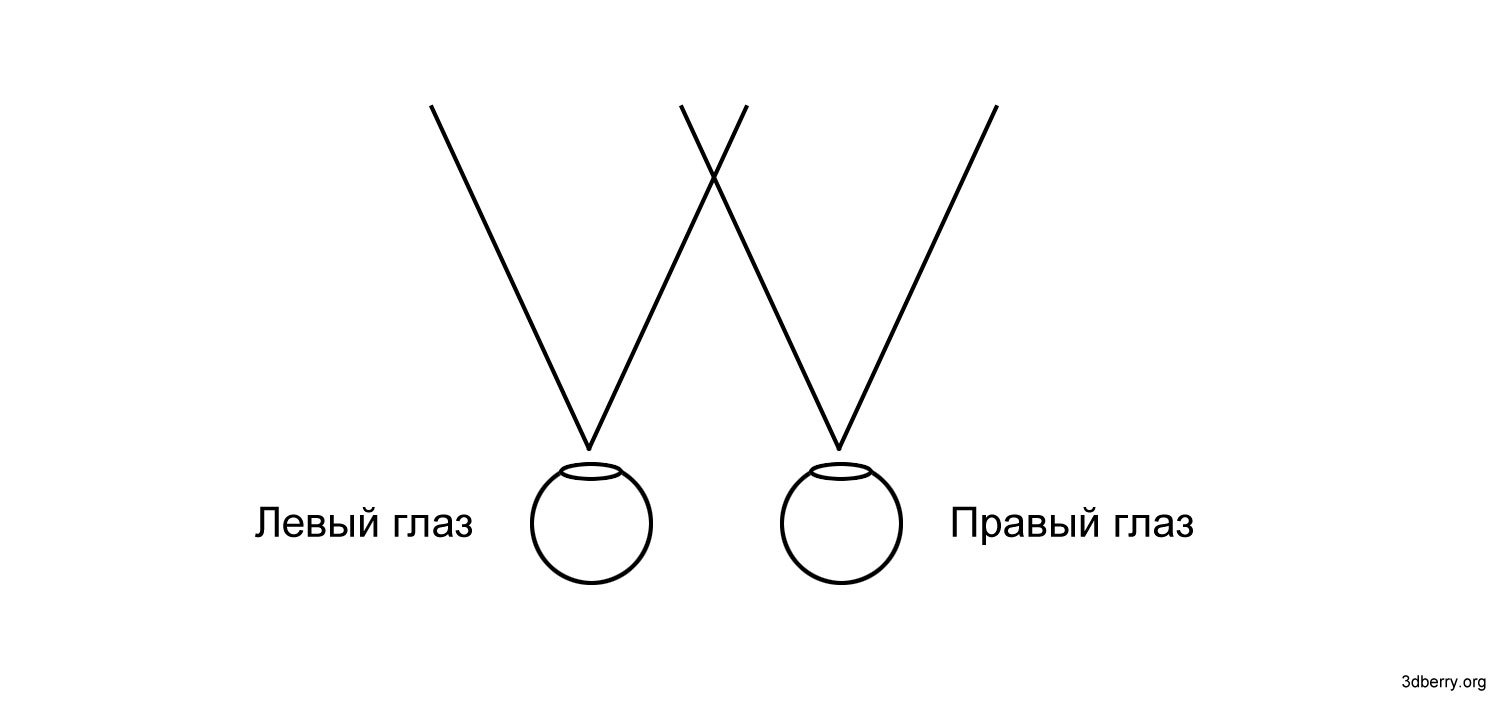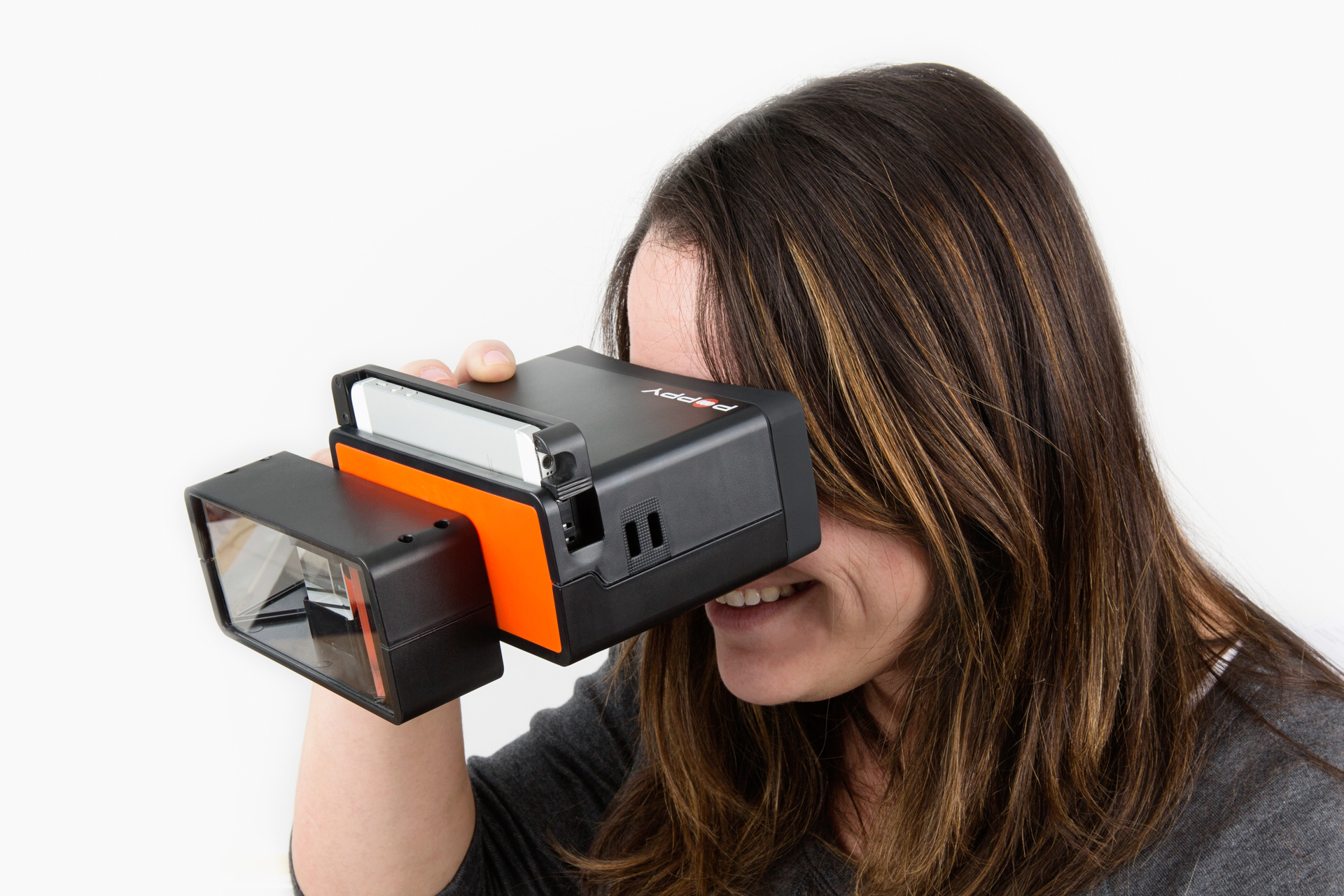We get real 3D video from Raspberry Pi
 There is a serious imbalance in the now popular area of three-dimensional video with all its Oculus and 3D-cinemas. There are much more 3D viewers than tools to create it.
There is a serious imbalance in the now popular area of three-dimensional video with all its Oculus and 3D-cinemas. There are much more 3D viewers than tools to create it.If we are not talking about computer toys, but about 3D video from a camera, then its creation requires quite expensive and complex solutions that can hardly be called accessible to technical enthusiasts.
Therefore, the idea of a simple device came into being that allows you to get real 3D video from an ordinary Raspberry Pi and a single camera module.
What did you want
And I wanted to get an inexpensive, compact and easy-to-use device for recording and broadcasting 3D video from Raspberry, virt2real and the like. And use it for the following tasks:
')
- To transmit 3D video from the board of a copter, an airplane, a typewriter or another drone - to make it easier for the operator to navigate in space when operating remotely.
- Analyze the stereo image and build a “depth map” for autonomous orientation of the robot in space.
- Record or broadcast 3D video just for fun. For example, I tested the raspberry as a 3D DVR - interesting feeling, I tell you!
And the most important thing is to “turn on and work”, without additional settings of the software and hardware.

What's the idea
The history of the invention of ordinary photography begins in the 1820s, and in 1854 the first stereoscopic camera was invented. I say this to the fact that humankind has been dealing with this topic for almost 150 years and all the simple solutions that could be invented have already been invented.
So, the history of stereo photography teaches us that in order to get the 3D effect we actually need two images - one for the left eye, the other for the right. Moreover, they should be removed by two coaxial cameras. But we were lucky, and over the past century and a half we were not the first to think that it would be nice to get 3D from a single camera.
The reasoning of our "photopredits" was approximately as follows:
| 1. A person sees the world like this | 2. Now we take a photo of 3D so | 3. Shitrim like this |
 |  |  |
Historical and technical details
And various solutions came into being. The most practical turned out to be devices that could be used in the form of attachments to an ordinary camera. Solutions for film cameras and modern DSLRs look like this:


(photo taken from Wiki )
If you look closer to our days, then most recently (in 2013) such an optical scheme was used in the Poppy3d project, which successfully collected the necessary funds on Kickstarter. This device is aimed at smartphone users (more precisely, iPhone) and allows you to both take and view 3D video and photos.



(photo taken from Wiki )
If you look closer to our days, then most recently (in 2013) such an optical scheme was used in the Poppy3d project, which successfully collected the necessary funds on Kickstarter. This device is aimed at smartphone users (more precisely, iPhone) and allows you to both take and view 3D video and photos.

What happened
Our solution turned out to be quite compact - here is a photo of the first prototype next to the malinka itself:

I must say that the dimensions were able to seriously "shrink" due to the technical features of the original Raspberry Pi camera in the FullHD mode we need.
Despite the seeming simplicity, our 3D nozzle (nicknamed the essence of its 3Dberry) turned out to be very sensitive to the accuracy of the assembly device. A slight deviation of the reflecting surfaces from the desired position leads to a strong displacement of objects on the left or right side of the video (especially in the background), which completely breaks the stereo effect.
But no settings are required - the Raspberry camera module is attached to the attachment, and FullHD video is broadcast or recorded in stereo mode. Given that there are no electronic components in the device, we can not think about compatibility or, for example, additional power. Well and, accordingly, when Raspberry starts to support 4K video - it will automatically be supported here.
The resulting video - whether recording or live broadcast - has a FullHD resolution of 1920x1080, and to view it you only have to turn your phone into a full-fledged virtual reality helmet. Google Cardboard, Fibrum, ColorCross or another simple device - and here you have a full 3D video.

Our impressions of such devices are quite simple: if you play at once, Google Cardboard, which on Chinese websites cost from $ 4, will also go well. Well, in order to work much longer and more comfortably, any plastic option will do — their cost on AliExpress or DX starts at $ 19. Plastic options have another important plus - they not only regulate the distance between the axes of the lenses, but also the focus - thus, you can fully customize such glasses for yourself.
How does the result of work
If you already have one of the listed devices for watching videos on your phone in 3D - a little cutting of video fragments to your attention. For shooting fragments, the Raspberry Pi was set to FullHD video recording mode and worked as a DVR. When viewed on YouTube, you are not always given full-resolution FullHD video. If you want to view this video in full resolution on your phone - you can download it as a file .
We have plans to do the next iteration of the device with increased survivability and try it out under extreme conditions - on a plane or a copter. If you are wondering what will eventually work out for you - you can leave a pre-order on the project website .
Source: https://habr.com/ru/post/378685/
All Articles